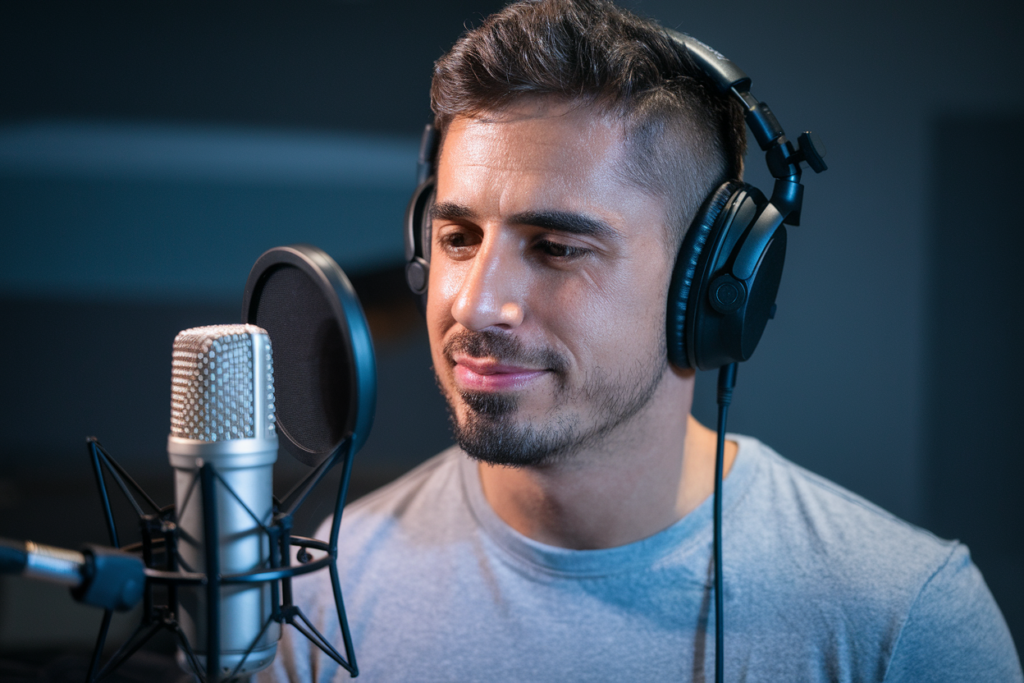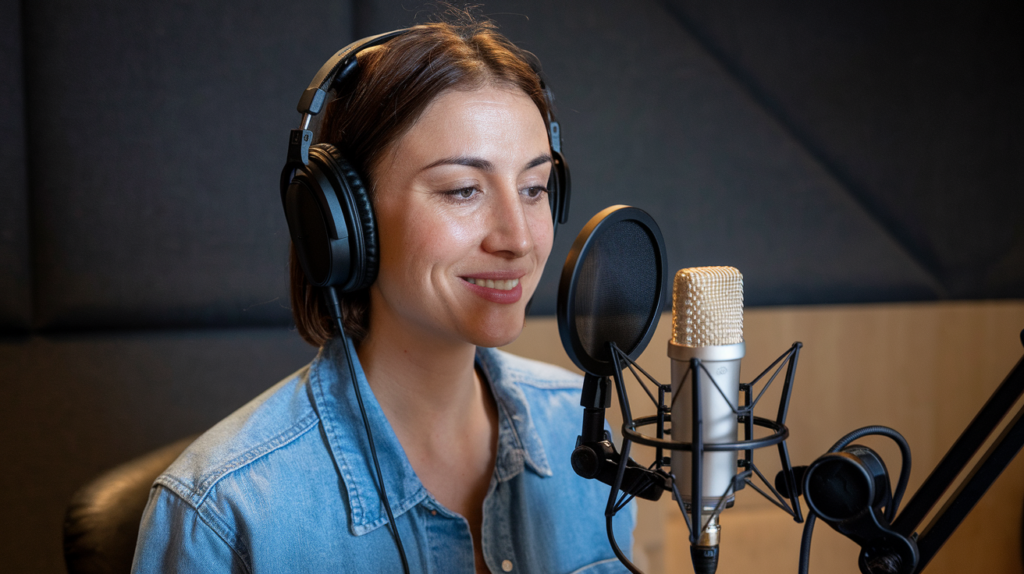In today’s fast-paced digital world, the preservation and promotion of regional languages like Galician are more crucial than ever. As I explore the digitalization of Galician in virtual environments, I find it fascinating how technology can bridge cultural gaps and foster a sense of identity. The rise of online platforms offers unique opportunities to revitalize this beautiful language.
From social media to educational resources, digital tools are transforming how we engage with Galician. I’m excited to delve into the ways these innovations not only enhance language learning but also connect speakers across generations. Join me as I uncover the impact of digitalization on Galician culture and its future in our increasingly interconnected world.
Overview of Digitalization of Galician in Virtual Environments
Digitalization of Galician in virtual environments encompasses various initiatives that enhance the language’s presence online. This process involves utilizing digital tools and platforms to promote Galician culture and facilitate language learning. Online resources, such as websites, apps, and social media channels, play a crucial role in making the language accessible to broader audiences.
Educational platforms provide interactive content that engages users while teaching them about Galician grammar, vocabulary, and pronunciation. These resources create immersive experiences that foster language retention and fluency. Additionally, social media platforms serve as vibrant spaces where speakers share their thoughts and connect with others using the Galician language.
The impact of digitalization extends beyond education; it strengthens community ties among speakers. Virtual forums allow for discussions on cultural topics relevant to the Galician-speaking population. By encouraging collaboration through shared interests, these environments cultivate a sense of belonging among users.
Moreover, creative projects like podcasts and video series have emerged within virtual spaces. These mediums showcase artistic expressions while promoting the linguistic richness of Galician. Such innovations capture attention from younger generations who increasingly engage with digital content.
Incorporating technology into everyday life enhances visibility for the Galician language across diverse demographics. As more individuals access digitalized materials in their native tongue, it fosters pride in their heritage while ensuring its survival for future generations.
Importance of Galician Language Preservation
Preserving the Galician language is crucial in maintaining cultural identity and fostering community cohesion. Digitalization plays a key role in ensuring that this rich linguistic heritage remains vibrant and accessible.
Cultural Significance
Cultural significance lies in the unique expressions, traditions, and values embedded in the Galician language. The language serves as a vehicle for storytelling, music, and folklore, which are essential components of Galician identity. Engaging with these cultural elements online fosters a sense of belonging among speakers. Virtual platforms allow users to share their experiences and knowledge about Galician culture, encouraging intergenerational dialogue. Through digital initiatives such as virtual festivals or online exhibitions, I witness how these efforts enhance visibility for Galician art forms while promoting local customs to wider audiences.
Linguistic Diversity
Linguistic diversity emphasizes the importance of preserving minority languages like Galician within a multilingual landscape. Each language contributes distinct perspectives to human experience and thought. By embracing digital tools that promote learning resources for Galician grammar and vocabulary, I support its relevance amid dominant languages like Spanish or English. Online communities provide spaces where speakers can practice and refine their skills through interactive content. This not only nurtures fluency but also celebrates linguistic variety by connecting learners with native speakers across different regions.
Tools and Platforms for Digitalization
Digital tools and platforms play a crucial role in the digitalization of the Galician language, enhancing its visibility and accessibility. These resources foster engagement among speakers and learners, promoting cultural identity.
Educational Resources
Online educational resources offer interactive learning experiences that cater to various skill levels. Websites like Duolingo provide structured courses focusing on Galician vocabulary, grammar, and pronunciation. Additional platforms such as Galician Language Institute feature multimedia content, including videos and quizzes that reinforce language acquisition. Furthermore, apps like Memrise utilize spaced repetition techniques to help learners retain new words effectively. By integrating gamification elements into their curricula, these resources keep learners motivated while deepening their understanding of the language.
Social Media and Community Engagement
Social media serves as an essential tool for fostering community engagement among Galician speakers. Platforms like Facebook, Instagram, and Twitter host groups dedicated to promoting Galician culture where users share news, events, and personal stories in their native language. Additionally, hashtags such as #Gallego encourage broader participation in conversations about the Galician identity online. Podcasts featuring discussions about contemporary issues faced by the community attract younger audiences while showcasing regional dialects through engaging storytelling formats. Through these interactions, social media not only strengthens connections among speakers but also elevates awareness of Galician culture within a global context.
Challenges in Digitalization
Digitalization of the Galician language faces several challenges that hinder its full potential. Addressing these barriers is essential for effective implementation and promotion in virtual environments.
Technological Barriers
Technological barriers significantly impact the digitalization of Galician. Limited availability of software and applications tailored specifically for Galician restricts user engagement. For example, while popular language learning platforms like Duolingo offer numerous languages, their support for Galician remains minimal compared to other languages. Additionally, inadequate internet infrastructure in rural areas can prevent access to essential online resources, limiting participation among speakers. Furthermore, a lack of standardized orthography complicates content creation across various digital platforms, leading to inconsistent usage that confuses learners.
Sociolinguistic Issues
Sociolinguistic issues also pose challenges to the digitalization effort. The perception of Galician as a minority language leads some speakers to prioritize dominant languages like Spanish or English in their daily communication and online interactions. This preference affects content creation and user-generated materials available in Galician on social media and other platforms. Moreover, generational gaps contribute to varying degrees of fluency among speakers; younger generations may be less proficient due to limited exposure during formative years. Finally, regional dialectal differences create hurdles for creating unified educational resources that resonate with all speakers while maintaining linguistic integrity.
Future Prospects for Galician Digitalization
Future prospects for the digitalization of Galician in virtual environments appear promising. Increased investment in technology and language resources can enhance the online presence of Galician. Developing more software tailored to the language addresses current technological barriers, allowing greater participation among speakers.
Emerging platforms offer opportunities for interactive learning experiences that cater to diverse audiences. Innovations in artificial intelligence enable personalized language learning pathways, making education more accessible. Gamified applications will likely engage younger generations while reinforcing their connection to the language.
Social media continues to evolve as a vital tool for community building among Galician speakers. The rise of video content on platforms like TikTok could further popularize the language through creative storytelling and cultural exchange. Collaborative projects between influencers and educators may drive awareness and interest in Galician heritage.
Furthermore, partnerships with local governments and cultural organizations can strengthen initiatives promoting linguistic diversity. Joint campaigns focusing on celebrating Galician culture can create a sense of pride within communities. Engaging younger audiences through multimedia content ensures intergenerational dialogue around language preservation.
Addressing sociolinguistic challenges remains essential for successful digitalization efforts. Raising awareness about the value of minority languages fosters acceptance among broader populations. By highlighting success stories from existing initiatives, I motivate others to embrace and support digital endeavors related to Galician.
Ongoing advancements in technology coupled with active community engagement pave the way for a vibrant future for Galician digitalization, ensuring its relevance amid evolving linguistic landscapes.
Conclusion
Digitalization is transforming the way we connect with and promote the Galician language. By leveraging technology and online platforms, I see a vibrant future for our cultural identity. The initiatives already in place demonstrate how digital tools can engage both new learners and fluent speakers.
As we continue to navigate challenges like technological barriers and sociolinguistic perceptions, I believe that collaboration among communities, educators, and local governments will be key. Together, we can create dynamic spaces for sharing our language and heritage.
Embracing these opportunities not only preserves Galician but also celebrates its richness in today’s globalized world. I’m excited about what lies ahead as we foster connections that keep our language alive for generations to come.








